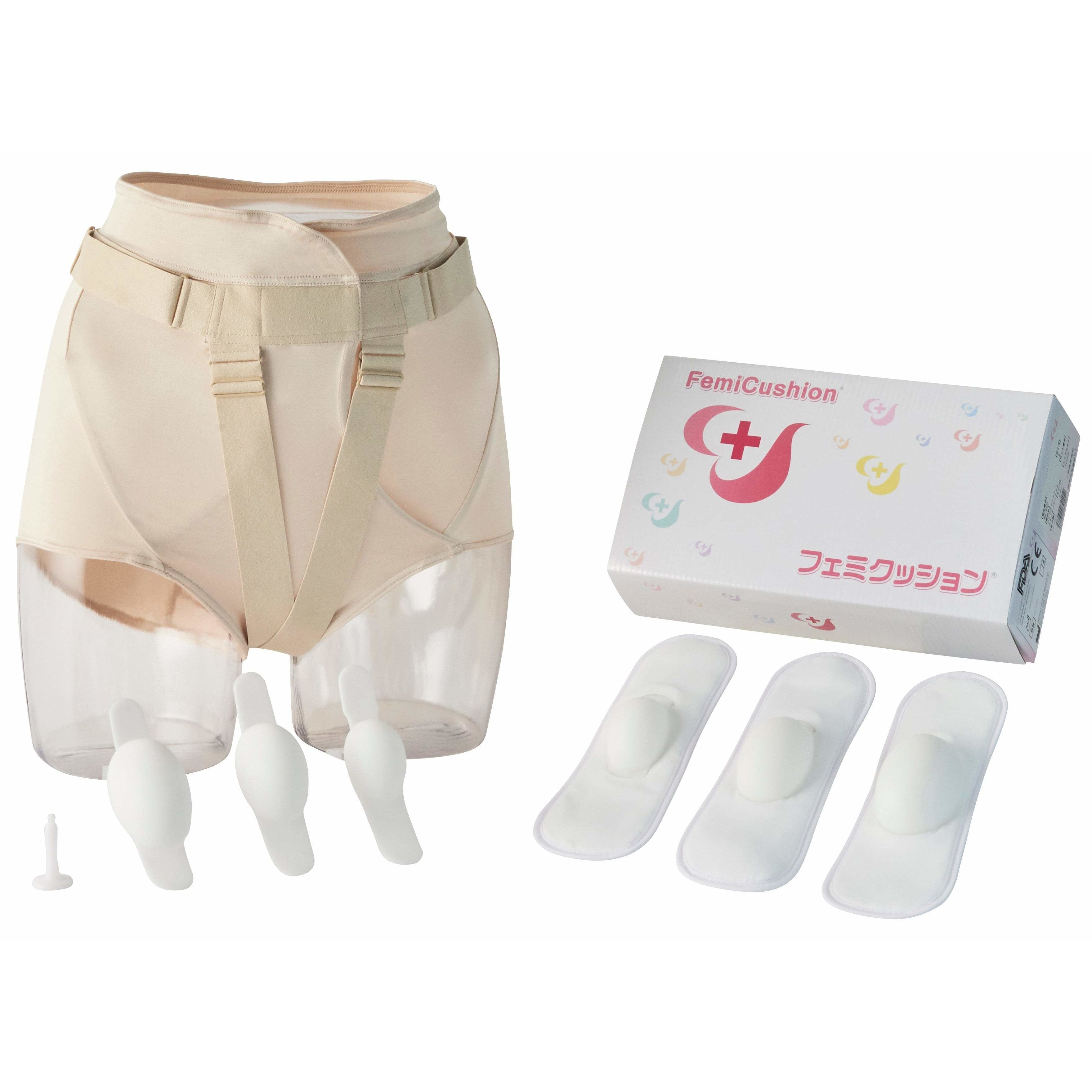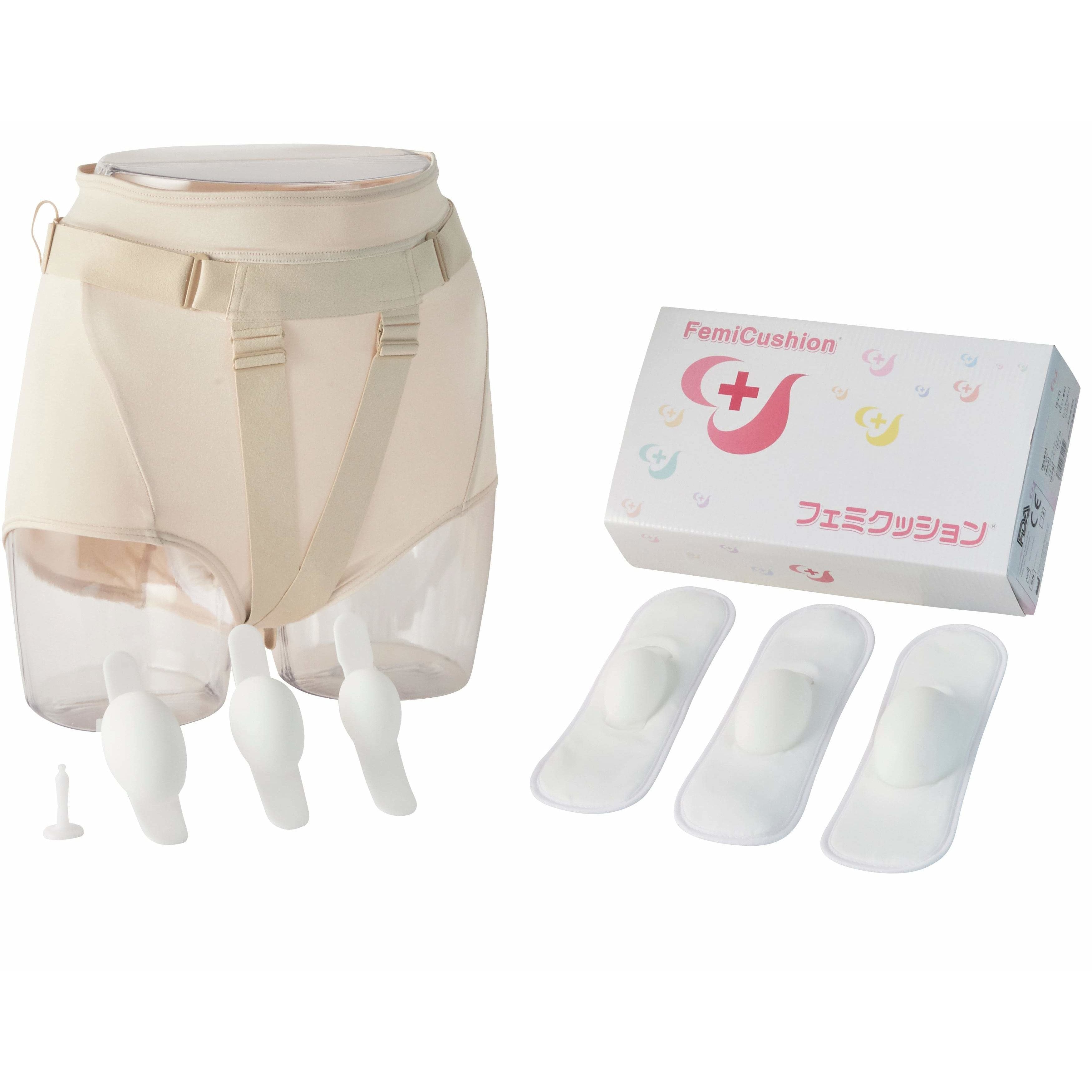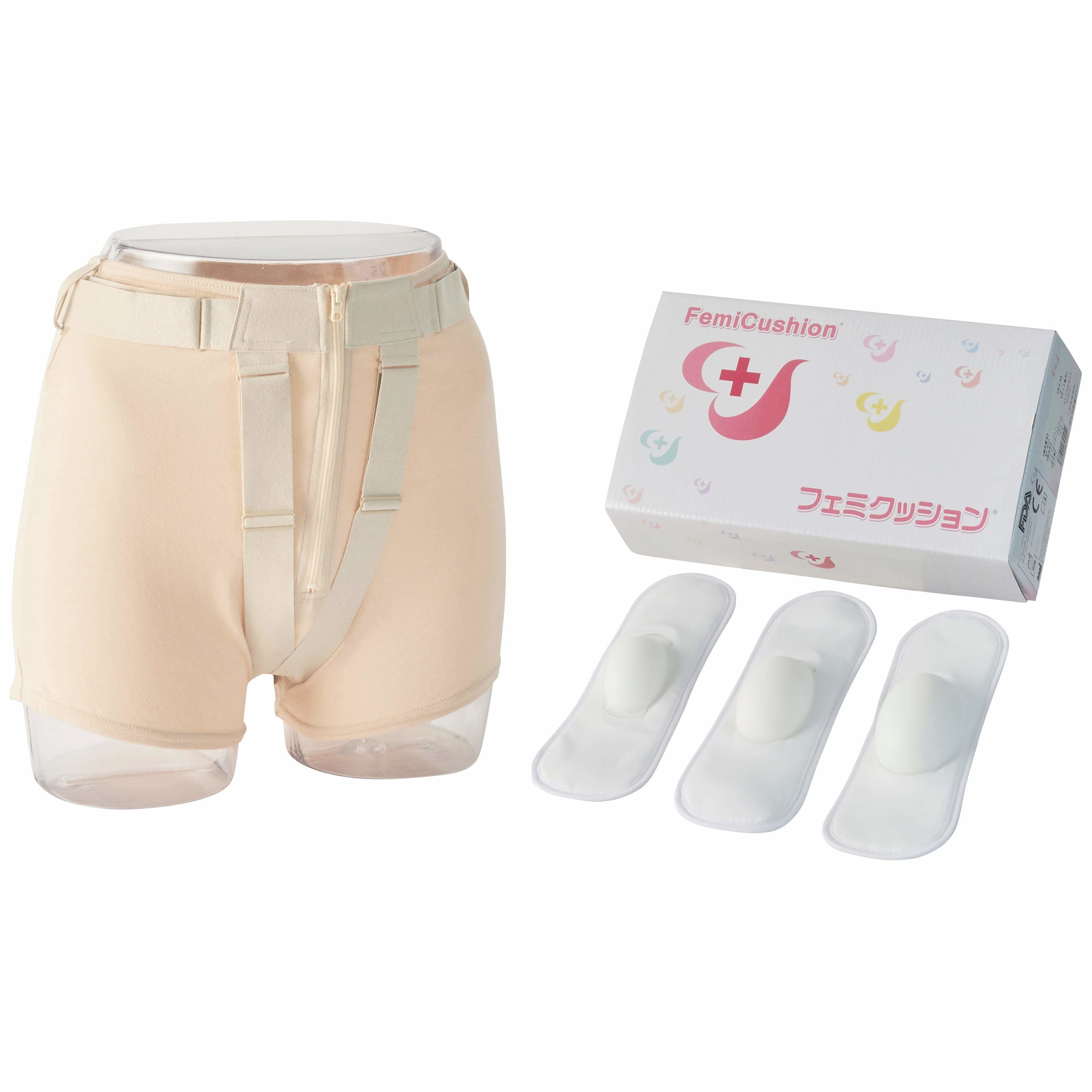Uterine Prolapse in Pregnancy
Summary
Table of Contents

What is uterine prolapse?
Uterine prolapse is a condition in which the uterus drops from its healthy position into the vaginal canal (birth canal) due to weakened muscles and ligaments of the pelvic floor. In severe cases the uterus can bulge out of the body through the vaginal opening. Uterine prolapse is one of the many different types of pelvic organ prolapse.
Prolapsed Uterus Pregnancy
Uterine prolapse during pregnancy is very uncommon and it is very difficult to pinpoint who are more prone to uterine prolapse during pregnancy. However, women who have a history of a weakened pelvic floor, women who are older in age or have a higher body weight are factors that can contribute to the occurrence of uterine prolapse resulting is a prolapsed uterus pregnancy.
Does having uterine prolapse affect the fetus?
If the mother is diagnosed with uterine prolapse, there is no direct effect on the fetus.
Is there a possibility of miscarriage or premature birth with uterine prolapse?
Complications due to pelvic organ prolapse pregnancy is rare and it can vary from a mild infection to preterm labour or even spontaneous abortion. Doctors may prescribe pessary use to women with pelvic organ prolapse during pregnancy. A pessary is a prosthetic medical device that is inserted into the vagina to prevent prolapsed organs from sinking down. However, the use of pessary increases the risk of infection and may also lead to irritation of the cervix, which then increases the risk of miscarriage and premature birth. To avoid the risk of infection, it is recommended to use a more non-invasive treatment like FemiCushion.
Is it possible to give birth vaginally with uterine prolapse?
It is possible to give birth vaginally with careful monitoring and assessments. However, an emergency caesarean section may be performed in the event of cervical insufficiency.
Can I get pregnant after being diagnosed with uterine prolapse?
It is possible to get pregnant even if you are diagnosed with uterine prolapse. However, treatment is still recommended because leaving the prolapse along will most often cause it to worsen. Many women with pelvic organ prolapse are nervous to have sex due to fear of pain or embarrassment. However there are many ways to work around those problems. Read our article on "sex life with pelvic organ prolapse" here.
What to do if I have pelvic organ prolapse during pregnancy?
Depending on the symptoms, sometimes no actions need to be taken beside close monitoring. It is also important that for the patient to communicate with the doctor and create an individualized treatment with respect to patient’s wishes, gestation, and severity of prolapse.
If the patient is experiencing prolapse symptoms like pain and discomfort, the doctor may recommend pessary use. Again it is recommended to use a more non-invasive treatment like FemiCushion that comes will low risks of infections and irritation to the cervix. Women may also experience bladder issues like urinary incontinence or urinary retention when diagnosed with pelvic organ prolapse during pregnancy.
Pelvic organ prolapse after childbirth
Childbirth predispose women to having a higher risk of developing pelvic organ prolapse. Pregnancy and childbirth can weaken the ligaments that support the uterus. The birth of a fetus weighing more than 3500 grams as well as dystocia (slow and difficult birth), also adds to the risk. Lastly, if a woman has uterine prolapse during their first pregnancy, it is very likely that they will also experience prolapse in their following pregnancies as well.
How to prevent and treat pelvic organ prolapse?
As a prevention, regular pelvic floor exercises like Kegal exercises are effective. However, these exercises requires commitment and consistency. If the prolapse has progressed to the stage of where it is bulging out of the body, then treatment will be necessary. Changes to lifestyle and habits is also recommended to prevent pelvic organ prolapse. For example, maintaining a healthy body weight, diet changes, avoid lifting heavy objects, etc. Learn more here.
There are two types of treatment: surgical and nonsurgical. Depending on many different factors some women are not suitable for surgery treatment. Factors like age, future family plans, or current health conditions. For women who wish to bear a child in the future, non surgical methods are most often recommended. To learn more about pelvic organ prolapse surgery, click here. As for non surgical options this includes pessary use and external prolapse support devices like FemiCushion. These treatment options helps to keep the prolapsed organ(s) inside the body which will eliminate prolapse symptoms like pain and discomfort allowing women to return back to an active lifestyle.
Disclaimer: The information on this site is not intended or implied to be a substitute for professional medical advice or diagnosis. All content, including text, graphics, images, and information, contained on or available through this website is for informational purposes only.
Supervising Doctor of This Article

Koichi Nagao, MD PhD
Professor, Department of Urology, Toho University Faculty of Medicine
Director of Urinary tract reconstruction center, Toho University Omori Medical Center
Director of Reproduction Center, Toho University Omori Medical Center
Professor Nagao specializes in plastic surgery in the field of reproductive medicine. He completed eight years of plastic surgery training at Showa University before majoring in urology at Toho University. With his meticulous surgical techniques and careful examinations that combines urology and plastic surgery, Professor Nagao became a Board Certified Specialist with multiple associations including the Japanese Urological Association, the Japan Society for Reproductive Medicine, and the Japanese Society for Sexual Medicine.
The suggested Products

FemiCushion EasyOpen Deluxe Kit
$299.99

FemiCushion Standard Deluxe Kit
$299.99

FemiCushion Lite Kit
$249.99
